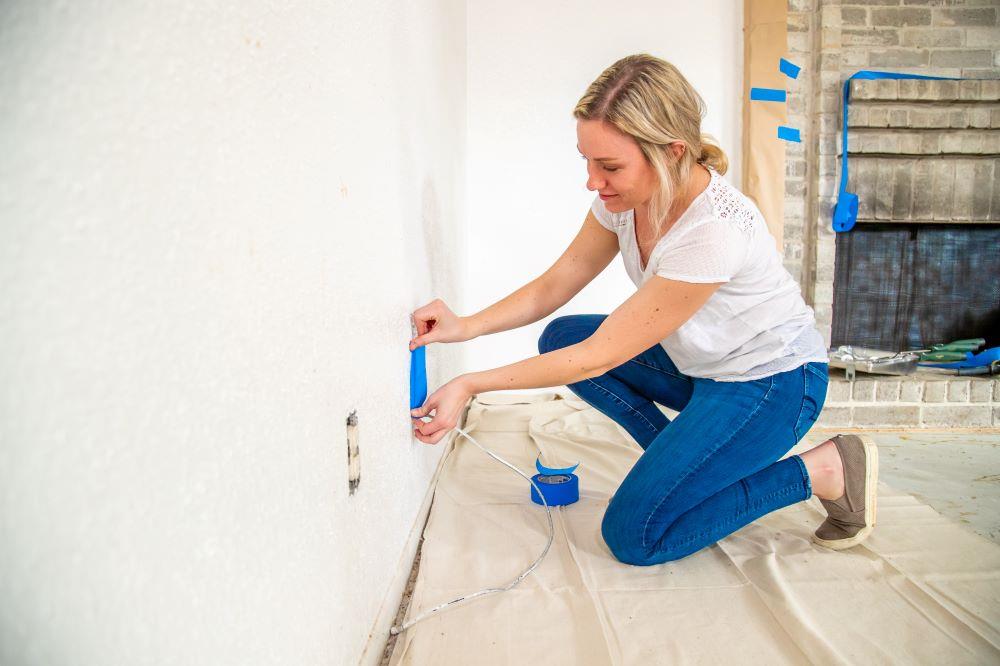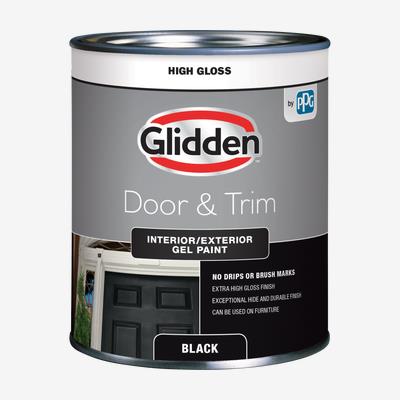Glidden® Door & Trim Interior/Exterior Grab-N-Go® Paint
Size
Quart/946 mL (04)
Sheen
Gloss

Product Details
Made with unique Gel-Flow™ Technology, Glidden® Trim, Door and Furniture, interior and exterior paint is formulated to eliminate drips and brush marks. Glidden Trim & Door interior/exterior paint glides smoothly across a wide range of surfaces, filling dents and covering minor surface imperfections. Even with its ultra-thick consistency, a little Trim, Door and Furniture paint goes a long way. One quart typically covers two standard-sized doors, 150 feet of trim or up to 50 feet of banister.
Features:
- No drips or brush marks
- Extra high gloss
- Exceptional hide and durable finish
Looking for a datasheet? Access PPG's full datasheet portal here or visit https://products.ppgac.com/
| Code | Finish | Base | Sizes | Download |
| 7601D | Gloss | Ready Mix White | Quart/946 mL (04) | |
| 7650D | Gloss | Ready Mix Red | Quart/946 mL (04) | |
| 7699D | Gloss | Ready Mix Black | Quart/946 mL (04) |

